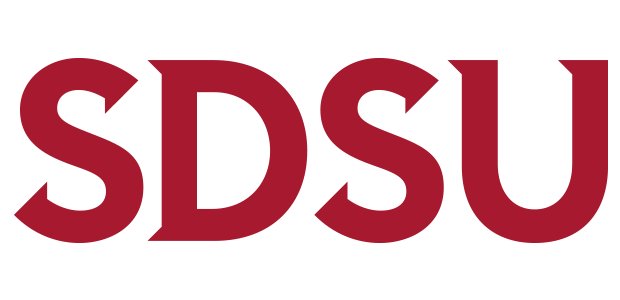Computing Geometry as a Mathematician in an Engineering Laboratory
September 5, 2025
TIME: 3:30 PM
LOCATION: GMCS 314
SPEAKER: Scott Mitchell, Sandia National Laboratory, Center for Computing Research
ABSTRACT: I’ll describe my family’s colorful journey leading me to Sandia Labs, and what it’s like to work there and with the international research community. I’ll highlight some key technical concepts from triangulations and meshing, and how my work builds on those. I’ll describe some important considerations affecting success and fulfilment in your career, such as whether to implement algorithms and open source software, and choosing an institution that offers the culture and mix of tradeoffs that are right for you. This talk is intended to be accessible to STEM undergraduates.
Sandia is responsible for many applications centered in mechanical engineering, optimization, uncertainty quantification, geophysics, data sciences, etc. People in those fields often seek help from people with a different background. They usually ask me *how* to solve a problem. As an applied mathematician, it is important to ask them *why* they want to solve it, as the real issue is often upstream from where they are stuck. Redefining their problem so it is easy to solve is rewarding.
Computational geometry is math for describing discrete objects with geometric properties, and algorithms for creating them. It overlaps with computational topology and the more applied disciplines of engineering and computer graphics. Meshing lies in this overlap. Mesh generation is subdividing a complicated shape (e.g., bridge) into a collection of simple shapes (e.g., tetrahedra, hexahedra). Meshes enables simulation, as there is no formula for the strength of a bridge but there is a formula for a tetrahedra with known material properties.
Bio: Scott A. Mitchell received a B.S. in Applied Math, Engineering & Physics from University of Wisconsin-Madison (1988), and Ph.D. in Applied Math from Cornell University (1993). Since 1992 he’s worked at Sandia National Laboratories, which is large enough that one can do different things over time without leaving. The DOE Office of Science Applied Math program, ASCR, supports his research, open publications and software, and community engagement. He designs meshing algorithms with provable properties and writes production software for Cubit(R). He led Cubit(R) (2000-2002). He managed the Optimization and Uncertainty Estimation department and funding programs (2002-2007). His topics include meshing, computer-graphics disk-sampling, and computational topology. He published about 80 papers. He served on the program committee for the Symposium on Computational Geometry. He played many roles for the SIAM International Meshing Roundtable, including organizing chair (twice) and steering committee member. He is an editor for Computer-Aided Design, Elsevier.
Presenter Website: http://www.sandia.gov/~samitch/
HOST: Sustainable Horizons Institute

